
Using genome sequencing could be a game-changer in tracing colonization related to health care-associated outbreaks.

Using genome sequencing could be a game-changer in tracing colonization related to health care-associated outbreaks.

Common interventions such as frequent hand washing can help stop the spread of methicillin-resistant Staphylococcus aureus, according to a new study that identified household environments as a reservoir for the bacteria.
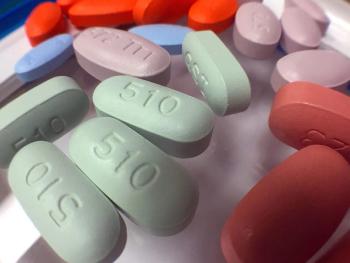
Treatment-naive patients who are prescribed INSTI-based ART experienced weight gain and systolic blood pressure increases higher than peers on other forms of ART.

A survey of health care workers in Europe was translated to 25 languages and reached more than 18,000 participants.
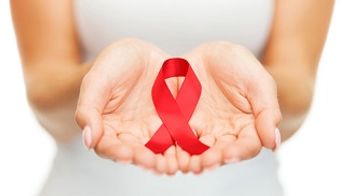
Results from a new study indicate that early antiretroviral therapy treatment provides measurable benefits in infants who acquired HIV via vertical transmission.
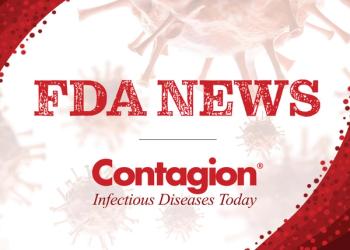
Here is a look at infectious disease-related US Food and Drug Administration (FDA) news from the week of November 24, 2019.

We’ve rounded up a list of important US Food and Drug Administration (FDA) and US Department of Agriculture (USDA) recalls from this past week.

Stay up-to-date on the latest infectious disease news by checking out our top 5 articles of the week.
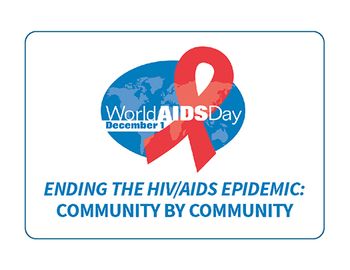
On December 1, 2019, international health organizations reflect on the advancements of the HIV/AIDS research field and acknowledge the challenges that still remain.

As November draws to a close, the Contagion® editorial team is recapping the trends and top infectious disease news of the month.

People with HIV who contract cryptococcal meningitis and suffer seizures experience greater neurocognitive decline and higher rates of death than those who don’t have seizures.

The survey was designed to provide more information on beliefs and perceptions toward HIV among Generation Z and millennials in the United States.

DNA methyltransferase, an epigenetic process, has been found to mediate sporulation and pathogenesis in C diff.

The CDC’s plan calls for 30% reduction in C diff infections, but work remains to be done.
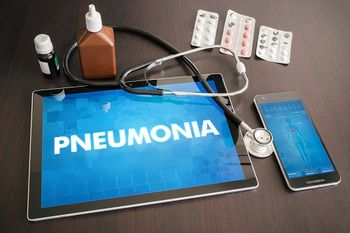
The Advisory Committee on Immunization Practices has removed the recommendation for routine PCV13 use among adults aged ≥65 years.

In this novel type of outbreak, contamination was not isolated to a single food or facility, suggesting industry-wide contamination.

Ertapenem and daptomycin are commonly used in OPAT plans because they are broad-spectrum antimicrobial agents, despite their high cost.

Distributing free HIV self-tests to men who have sex with men resulted in a sharp increase in the number of infections identified, a new study by the CDC.
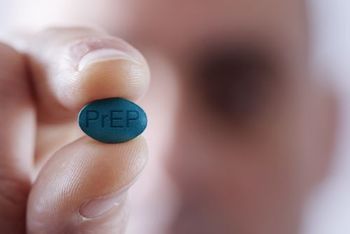
A new study has discovered that PrEP use is associated with lower levels of HIV anxiety in men, a benefit which could be incorporated into initiatives to increase PrEP uptake.

CDC officials have notified the public of an ongoing investigation regarding a multistate outbreak of E coli O157:H7 infections likely linked to romaine lettuce.
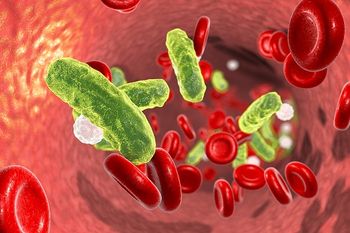
A new study concluded physicians frequently deviate from WHO guidelines when treating children and newborns with sepsis. It’s unclear what impact such decisions have on patient outcomes.

A new commentary describes the EEE virus along and points to research and development that is needed to address the growing threat of the virus and other vector-borne conditions.

An analysis of outbreaks shows some helpful trends in toxoplasmosis prevention.

A new study published in Science Translational Medicine reveals that genetic testing can identify patients with leishmaniasis unlikely to respond to conventional treatments, allowing clinicians to find candidates for alternative therapies ahead of time.

Here is a look at infectious disease-related US Food and Drug Administration (FDA) news from the week of November 17, 2019.

We’ve rounded up a list of important US Food and Drug Administration (FDA) and US Department of Agriculture (USDA) recalls from this past week.

Stay up-to-date on the latest infectious disease news by checking out our top 5 articles of the week.

A study found that depressive symptoms are associated with higher incidence of HIV transmission for adolescent girls and young women in South Africa, with familial and social factors mediating this association.

Incorporating a signaling protein known as B cell activating factor into the rabies vaccine improved speed and strength of the antibody responses, investigators at Thomas Jefferson University found.

Asthma patients benefited from flu vaccines, according to a study that examined 6 influenza virus seasons.